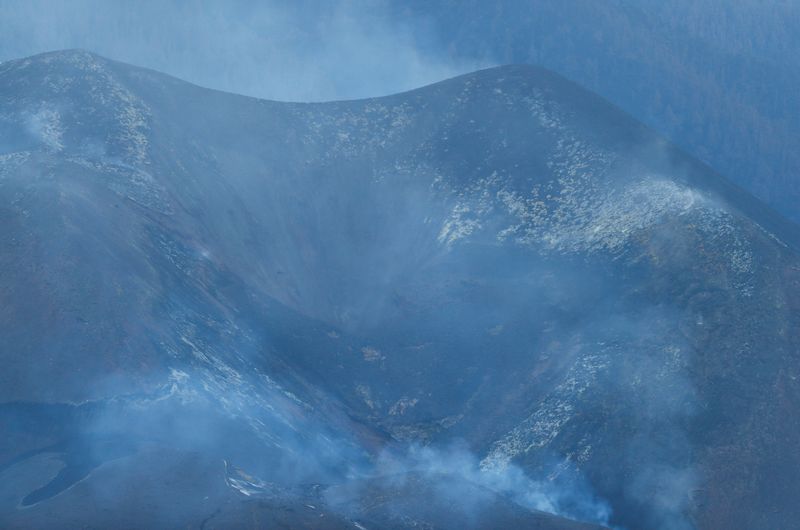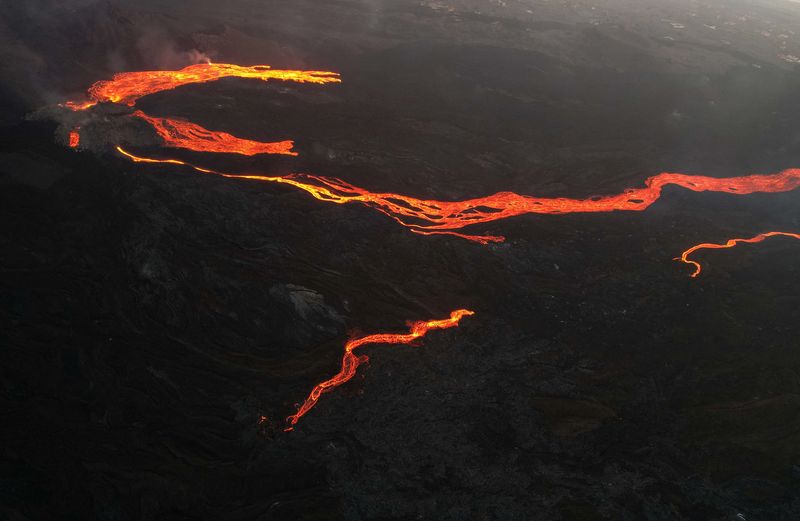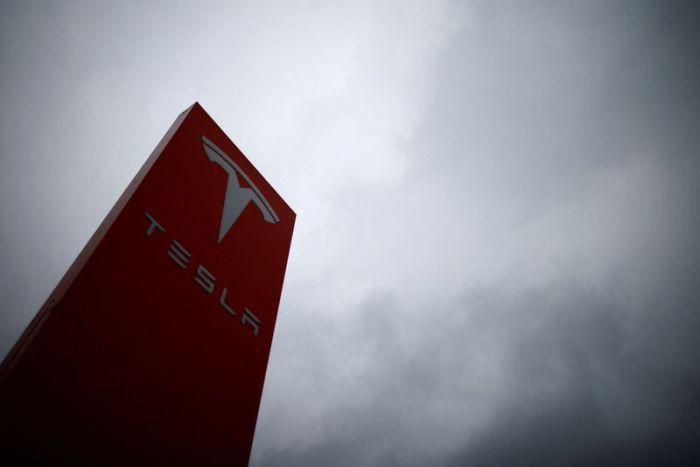LA PALMA (Reuters) – The Cumbre Vieja volcano on the Canary Island of La Palma fell silent as constant tremors stopped late on Monday, though experts cautioned this did not necessarily mean the eruption is nearing an end after 85 days.
Seismic activity all but stopped around 9 pm local time on Monday, the Canary Islands Volcanology Institute, Involcan, said on Tuesday. It’s the longest period without tremors since the eruption began.
“This does not imply the eruption is ending, since on other occasions halts were followed by a renewed increase in activity,” Involcan tweeted.
It added footage of the Cumbre Vieja showing how the almost constant roaring of the volcano had ceased.
“The eruption activity has decreased to a point it has almost disappeared,” said Miguel Angel Morcuende, head of the Pevolca eruption response committee. “The lava keeps going but with a very reduced flow.”
The eruption, which has sent rivers of molten lava running down the slopes of Cumbre Vieja for weeks, is the longest on the Spanish Canary Island since records began in 1500.
The quiet on Monday evening and Tuesday morning followed the emission of dense toxic clouds of sulphur dioxide on Monday morning that prompted the lockdown of about a third of the island’s population.
Since the eruption began on Sept. 19, thousands of people have been evacuated, at least 2,910 buildings have been destroyed, and the main livelihood of the island, banana plantations, have been devastated.
Stavros Meletlidis, a volcanologist with the National Geographic Institute, said there were multiple possible explanations.
Around a week after the eruption started, seismic activity suddenly dropped off for several hours before restarting with renewed vigour, a pattern that is not uncommon in the early stages of an eruption, he said.
But after nearly three months of activity, the eruption is in a different phase and could be losing strength.
“The magma needs energy to get to the surface and it seems that it does not have it at the moment,” Meletlidis said, explaining that could be due to a decline in levels of gases or magma volume as the eruption loses force.
However, it could be the result of a blockage between subterranean magma chambers and the surface vent, in which case pressure would continue to build up until reaching critical mass and causing new explosions.
“It’s too early to tell if we’re entering a terminal phase,” Meletlidis said.
Before declaring the eruption definitively over, scientists will be looking out for a period of at least 48 hours with no seismic activity or surface eruption, he added.
(Reporting by Marco Trujillo, Nathan Allen and Inti Landauro, Editing by Alexandra Hudson and Ed Osmond)

















